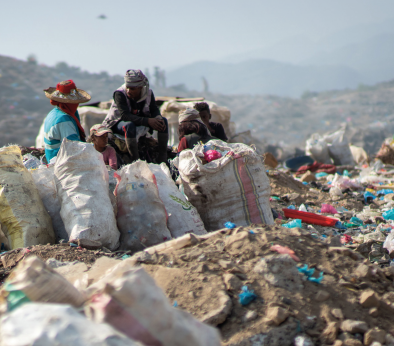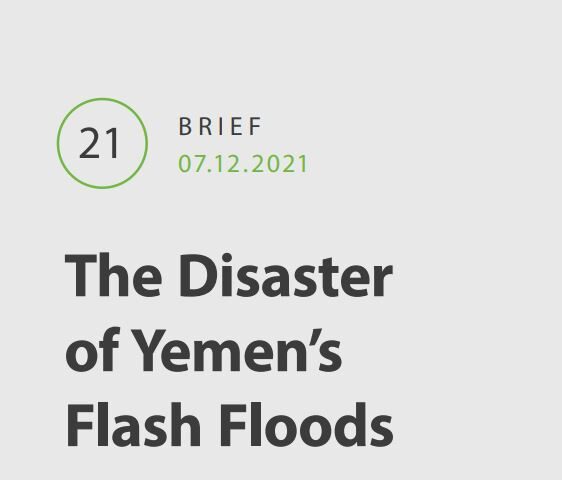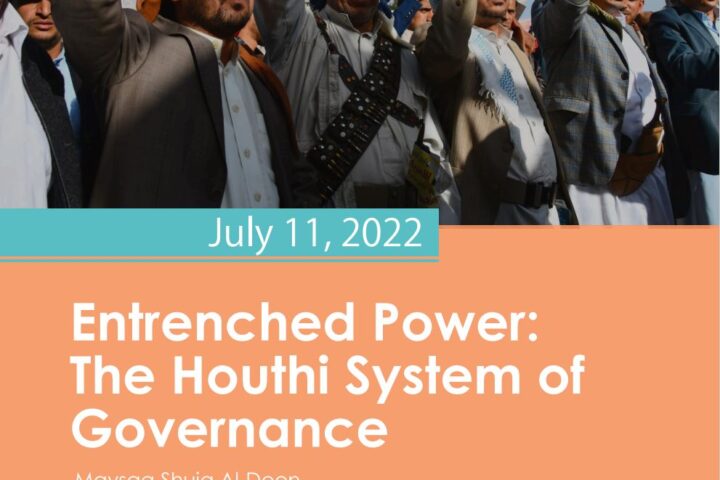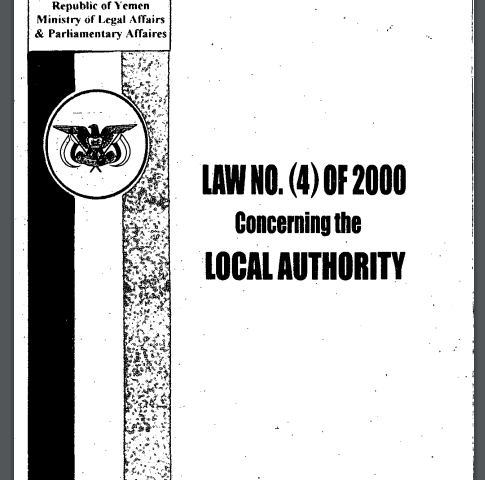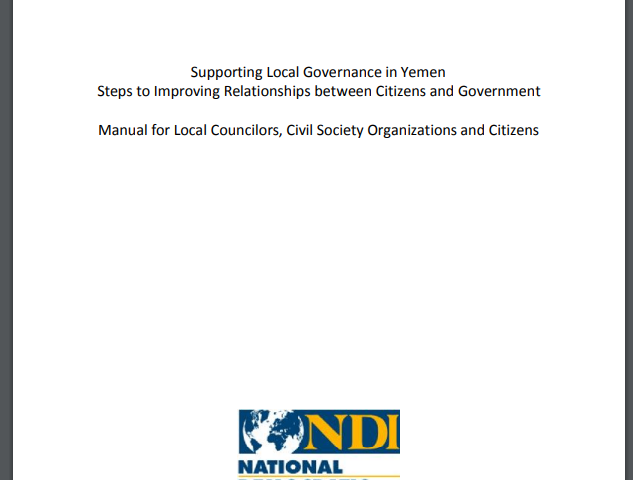The Governorate of Sana’a surrounds the capital city of Sana’a and is divided into 16 administrative districts.
Sana’a governorate information
Map of Sana’a
Economy
Agriculture is the main economic activity in the governorate of Sana’a. Coffee, fruits, and vegetables are the main crops. Sana’a is the second most important agricultural producer, accounting for 16% of total agricultural production in Yemen. Quarrying for construction materials and mining for industrial minerals takes place Sana’a. The governorate is also home to historic landmarks.1https://www.yemenna.com/index.php?go=guide&op=show&link=sanaa. World Bank mining study 2009.
In 2014, Sana’a governorate derived 92% of its total general revenue from grants and central subsidies and 8% from local revenues – a relatively high percentage in the pre-war Yemeni context.2Local Authority Budget for 2014. Most local revenues stemmed from local shared revenues (notably zakat), taxes (primairly the tax on qat), the sale of goods and services, and income from fines and penalties.3Republic of Yemen, Ministry of Finance, Budget Sector: estimated local authority budget for the 2014 fiscal year. These revenues have been reduced by the war, which has had a detrimental impact on the economic situation in the governorate in general. Moreover, the establishment of the General Zakat Authority and the transfer of zakat to a central revenue has also caused the governorate to lose an important source of income.
According to the 2014 Household Budget Survey, the poverty rate in Sana’a governorate was 42%. With the high inflation rate and economic disruption the governorate has faced in the past years, this rate has likely increased a great deal.
Local governance
The Sana’a local council is composed of 16 members and the governor. Currently, there are two councilors in exile, leaving 14. The local council’s work has been disrupted since the beginning of the war. However, the administrative board continues to meet on an ad hoc basis as needed. The administration is working from leased office space, since, unlike other governorates, the governorate of Sana’a does not have a dedicated government building. The executive offices of the ministries remain in place and functioning. They carry out the day-to-day work of the administration despite the lack of salaries and a reduction of the operational budget, which has been reduced by 75% relative to the 2014 budget.4Interview with senior executive bureau official in Sana’a. March 2019.
As in other areas under control of the de-facto authorities, the governorate supervisor wields significant power in Sana’a governorate.
Access to basic services
According to OCHA’s 2023 Needs Overview for Yemen, there are more than 800,000 people in need of assistance in Sana’a governorate, which constitutes approximately 53% of the population. Fifty percent of them are in dire need.
The current IDP population of Sana’a is more than 100,000 (status December 2022).5https://data.humdata.org/dataset/yemen-humanitarian-needs-overview, 2023 People in Need in Yemen
There are 12 public hospitals and a number of health centers in the governorate. These health facilities continue to operate, relying on support from international donors, with a small portion of their expenses covered by local government support.6The de facto government in Sana’a has reassigned operational budgets for health facilities restoring the funds for the operational budget to its level from the 2014 budget allocations, but without salaries. However, this amount has lost value due to the devaluation of the Yemeni Riyal and high rates of inflation. The services provided by health facilities are accessible to all people free of charge, but available capacities are not sufficient to meet the growing needs.
With regard to education, 93 schools in Sana’a governorate were damaged by the war7OCHA, An Overview of the Humanitarian Needs in Yemen 2018. and Sana’a is one of the governorates where teachers are not receiving their salaries.8Economic and Social Development In Yemen Newsletter, Issue No. 30, December 2017, published by the Economic Studies and Forecast Sector in the Ministry of Planning and International Cooperation. This has disrupted education in most districts of the governorate.
Basic sanitation infrastructure also faces challenges. Fifty percent of households in Sana’a governorate had access to potable water in 2016/2017.9OCHA, An Overview of the Humanitarian Needs in Yemen 2018. During the past years, the Rural Water Authority drilled a number of new wells and laid additional pipes to extend existing networks. These projects were then handed over to beneficiary committees to manage and maintain, which has contributed to improving access to water alongside private water projects. However, roughly 60% of the projects supported by the Rural Water Authority stopped working due to an absence of maintenance, or community conflicts and disputes between beneficiaries. The water office continues to rely on donor support, as central government and local authority funding is largely absent. The water office is seeking to rehabilitate non-functioning projects and obtain support from international organizations to implement sanitation projects in a number of districts in 2019, especially areas heavily affected by the cholera outbreak.10Interview with senior executive bureau official in Sana’a. March 2019.
Demographics
| District | Size (km2) | Population (Female) | Population (Male) | Population (Total) |
|---|---|---|---|---|
| Hamdan | 577 | 69,146 | 70,933 | 140,079 |
| Arhab | 1,275 | 29,880 | 31,285 | 61,165 |
| Nihm | 1,841 | 3,033 | 3,217 | 6,250 |
| Bani Hushaysh | 378 | 32,493 | 32,871 | 65,364 |
| Sanhan | 588 | 184,356 | 190,393 | 374,749 |
| Bilad Ar Rus | 398 | 20,456 | 20,740 | 41,197 |
| Bani Matar | 1,127 | 64,028 | 65,473 | 129,501 |
| Al-Haymah Ad Dakhiliyah | 463 | 52,463 | 53,621 | 106,084 |
| Al-Haymah Al-Kharijiyah | 693 | 36,707 | 36,840 | 73,546 |
| Manakhah | 704 | 54,456 | 51,879 | 106,335 |
| Sa’fan | 174 | 23,862 | 22,195 | 46,057 |
| Khawlan | 592 | 18,831 | 20,236 | 39,067 |
| Attyal | 428 | 25,989 | 26,715 | 52,704 |
| Bani Dhabyan | 1,744 | 10,327 | 11,146 | 21,473 |
| Al-Husn | 369 | 19,479 | 19,696 | 39,176 |
| Jihanah | 556 | 33,503 | 34,546 | 68,049 |
| TOTAL | 11,907 | 679,010 | 691,787 | 1,370,798 |
Figures are based on the 2021 Humanitarian Needs Overview Yemen, OCHA. Population figures include the number of IDPs and residents.


